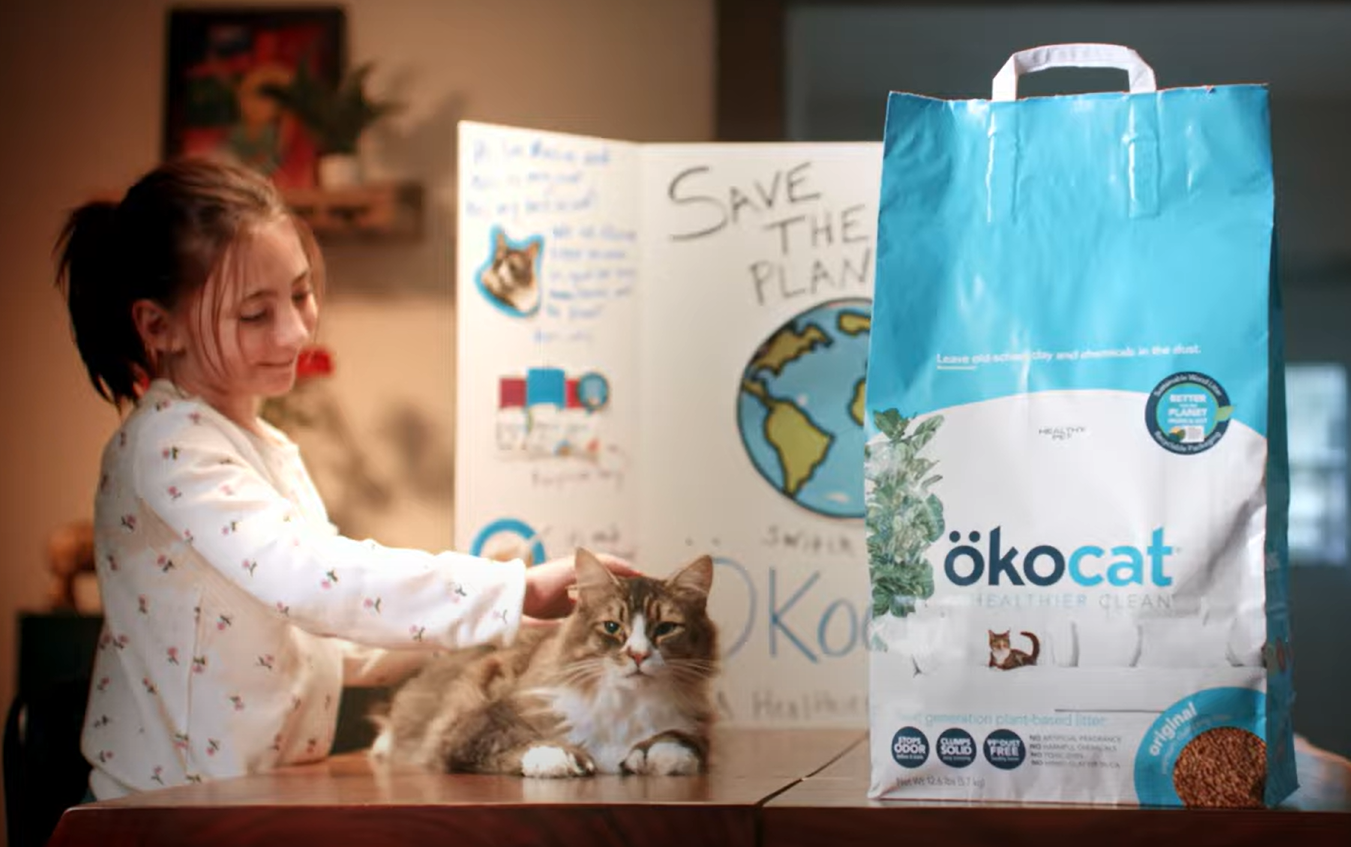
Why Clay Cat Litter Is Bad for Your Cat—and the Planet
If you’ve ever owned a cat, you’ve probably used traditional clay-based cat litter at some point. It’s cheap, widely available, and does the job when it comes to clumping and odor control. But beneath its convenience lies a host of environmental and health concerns that many pet owners aren’t aware of. Let’s dig into why clay cat litter may not be the best choice—for your feline friend or for the Earth.
1. Environmental Cost: Strip Mining and Waste
Clay cat litter is typically made from sodium bentonite, a type of absorbent clay that forms clumps when wet. The problem? This clay is obtained through strip mining, a destructive process that removes large areas of topsoil and vegetation, permanently damaging ecosystems and contributing to soil erosion and habitat loss.
Each year, millions of tons of clay are mined solely for cat litter. Unlike biodegradable litters (such as those made from paper, wood, or corn), clay litter does not break down in landfills. It sits there indefinitely, contributing to the growing problem of pet waste pollution.
2. Toxic Dust and Respiratory Issues
Many clay litters produce a fine dust—especially when poured or stirred. This dust can contain silica, a known carcinogen when inhaled over long periods. For humans, particularly those with asthma or allergies, this dust can be irritating. But for cats, who spend significant time in close contact with their litter boxes, the risk is even greater.
Cats can inhale or ingest this dust during grooming. Over time, this may contribute to respiratory problems, especially in kittens, older cats, or those with pre-existing conditions.
3. Chemical Additives and Fragrances
To make clay litter more “appealing” to consumers, many brands add chemical fragrances to mask odors. While the smell might be pleasant to us, cats have a much stronger sense of smell and may find the scent overwhelming or irritating. Some additives may even trigger allergic reactions or discourage your cat from using the litter box altogether.
Furthermore, the chemicals used in some scented litters may be harmful if ingested or absorbed through the skin over time—something to consider for cats with sensitive paws or grooming habits.
4. Not Flushable or Compostable
Clay litter should never be flushed down the toilet—it can clog plumbing and septic systems. Nor is it compostable. Disposing of clay litter means bagging it in plastic and sending it to a landfill, where it will sit for centuries. By contrast, many natural litters are biodegradable and even compostable (when disposed of properly and without pet waste contamination).
5. There Are Better Alternatives
Fortunately, there are a growing number of eco-friendly cat litter alternatives that are better for your pet and the planet. These include:
-
okocat Wood-based litter – Naturally deodorizing and biodegradable.
-
Recycled paper litter – Soft on paws and highly absorbent.
-
Wheat or corn litter – Clumping, compostable, and often flushable (check your local laws), however, because they are food based, mold may grow.
-
Coconut or walnut shell litter – Sustainable and effective at odor control.
These options are not only better for the environment, but often safer and healthier for your cat as well.
In Conclusion
Clay cat litter may be the norm, but it comes at a significant cost—to our environment and potentially to our cats’ health. As awareness grows, so do the options for safer, more sustainable litter. Making the switch to an eco-friendly alternative is a simple step that benefits your feline companion and the planet they call home.







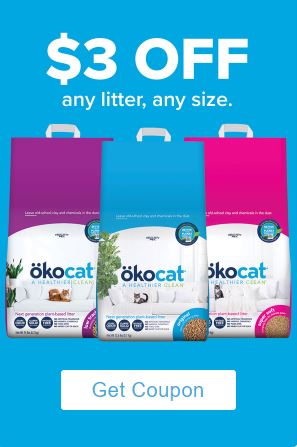
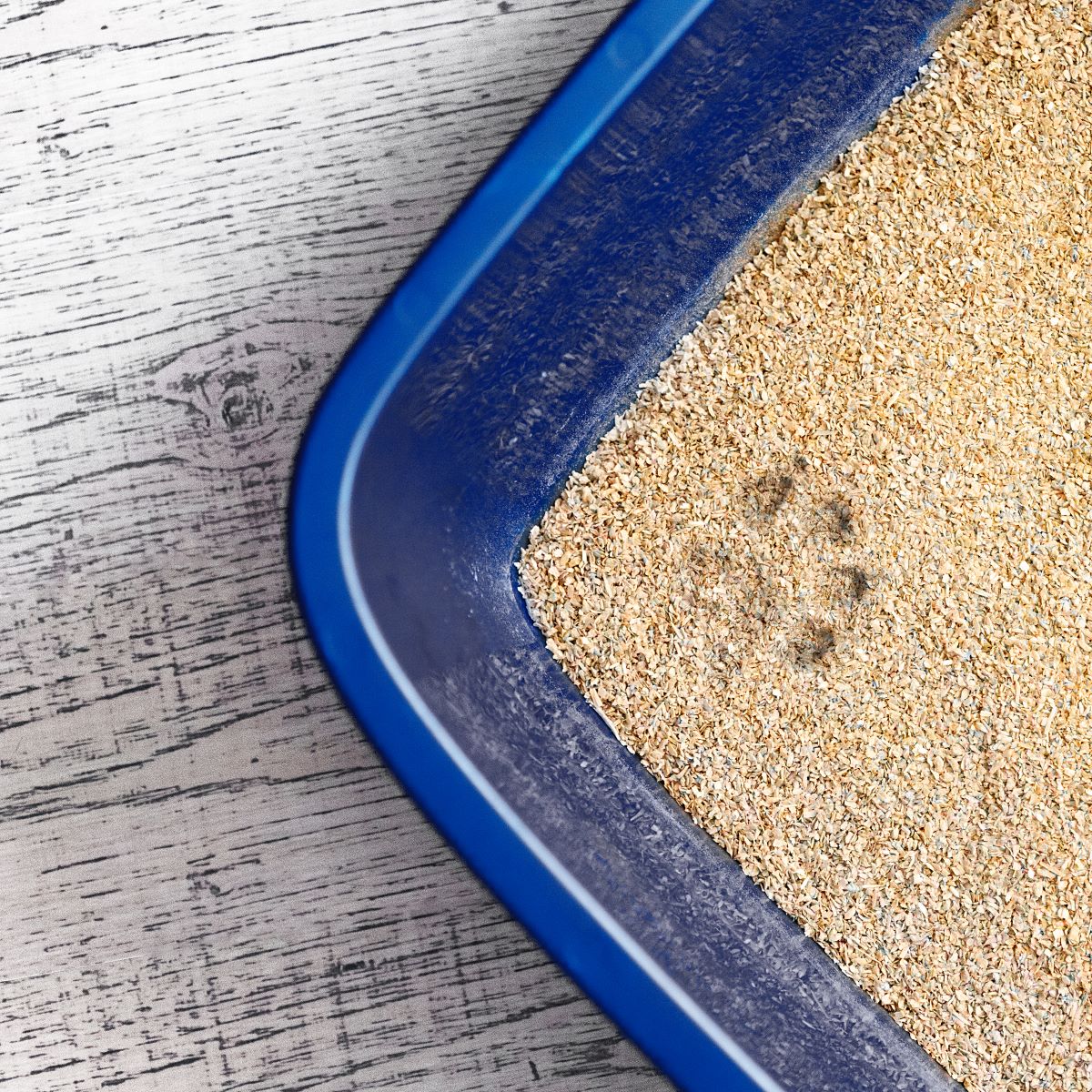
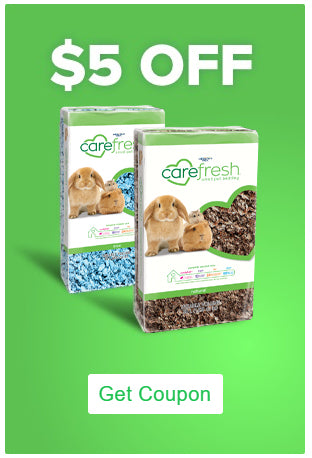
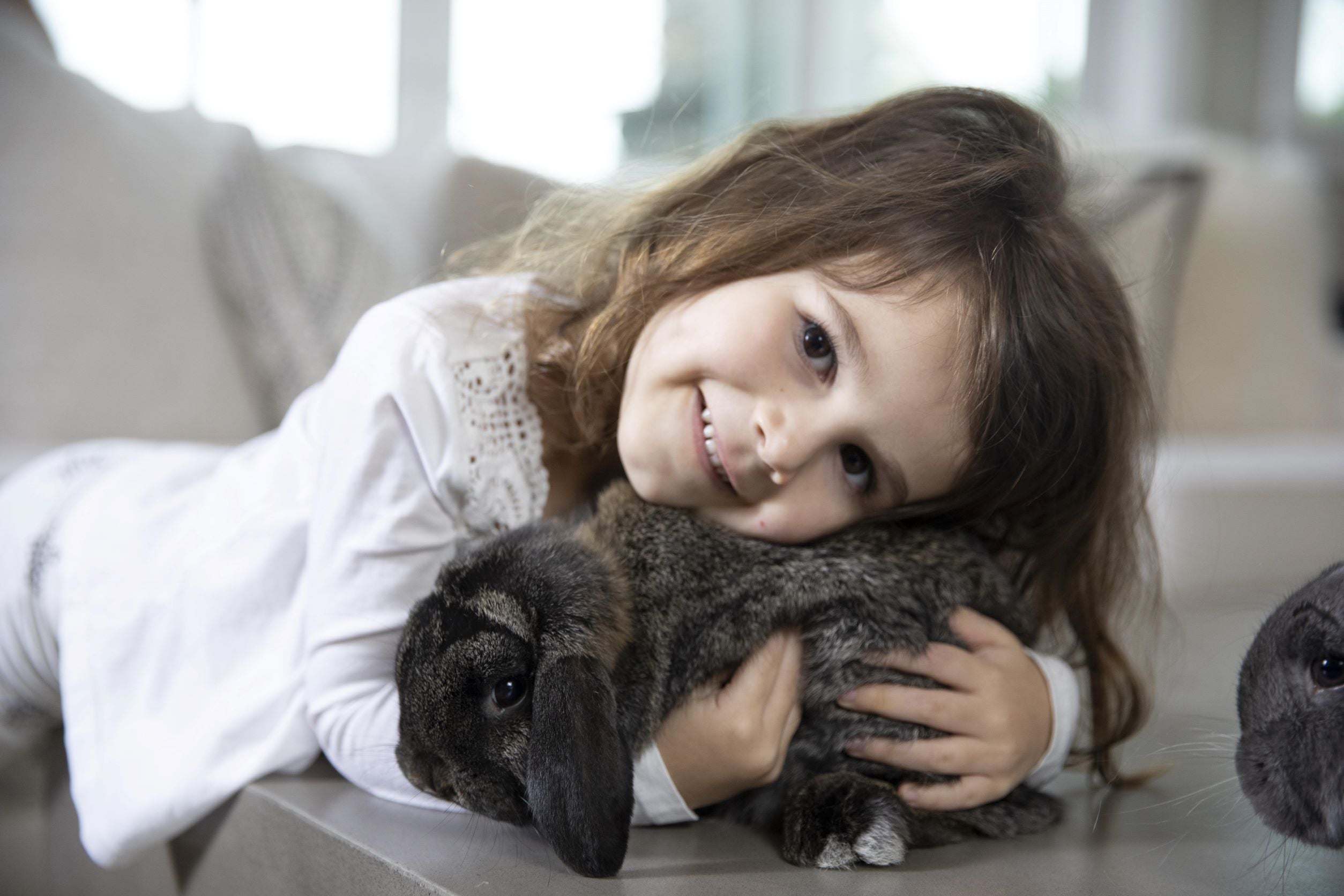
 email us
email us